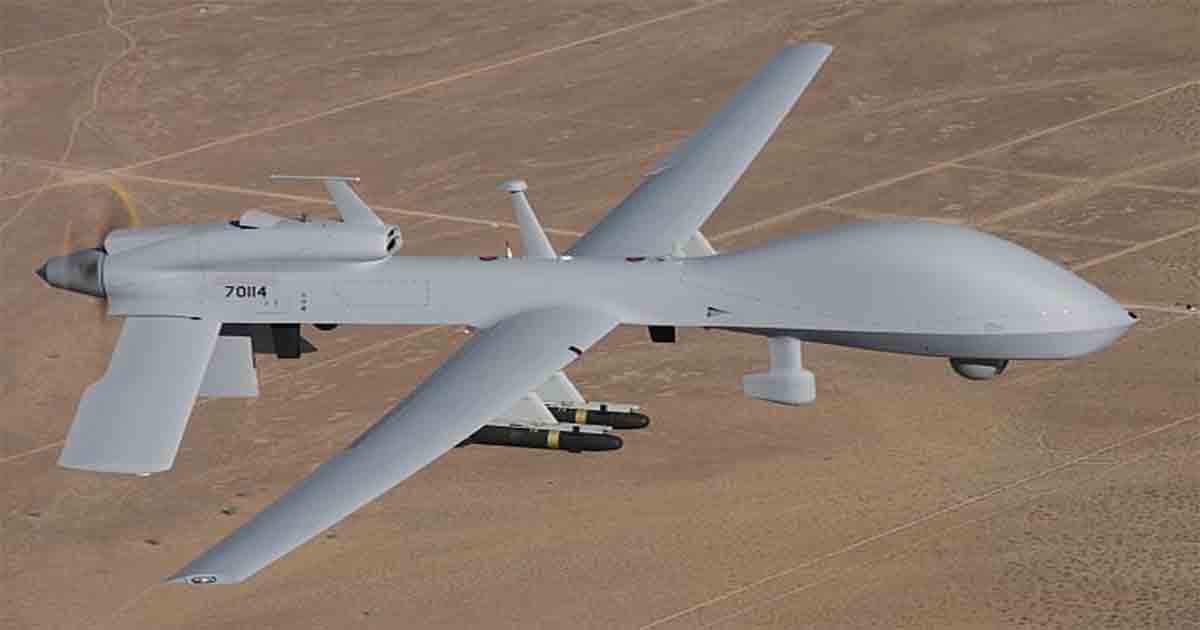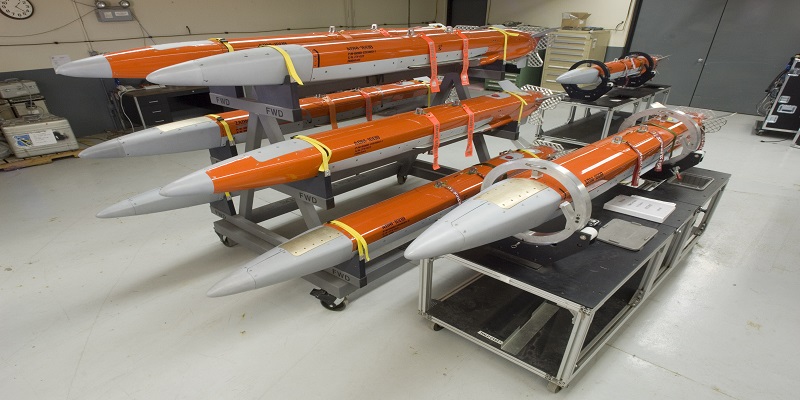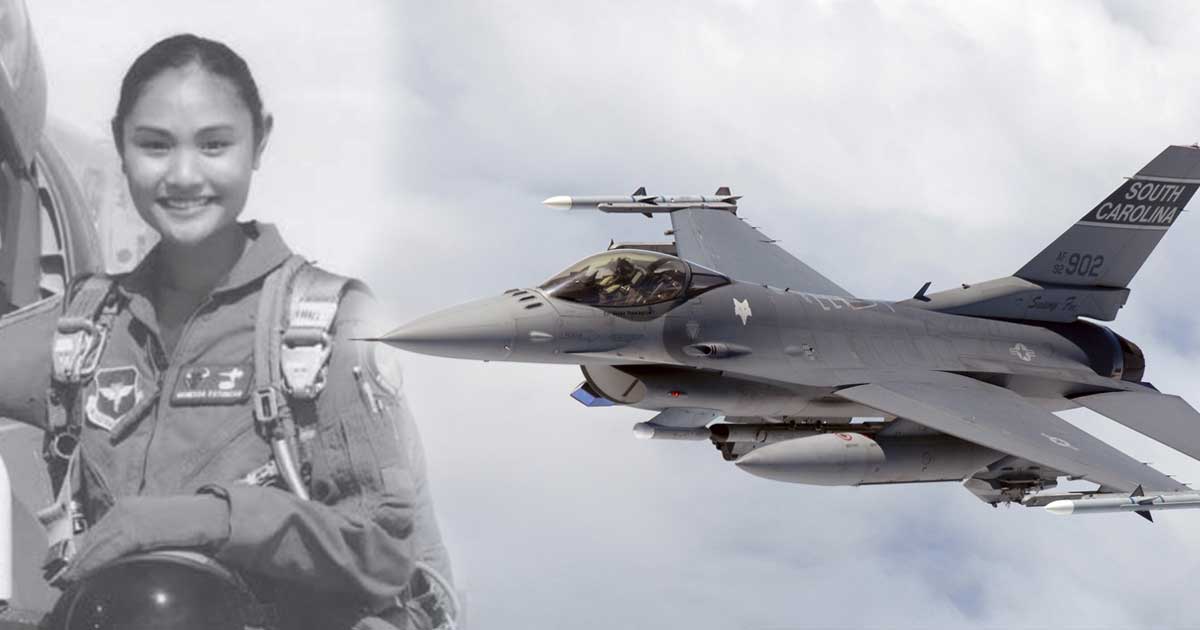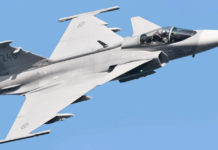
United States Naval research lab and the Raytheon Company have created and tested successfully a versatile new electronics attack package aboard a Raytheon Minature Air Launched Decoy-Jammer (MALD-J) drone called CERBERUS, Raytheon stated in a news release.

It was during the biannual Northern Edge exercise of the U.S. armed forces in Alaska, wherein the testing occurred, the release added.
In the tests, “four separately developed EW payloads were used in 12 operationally relevant missions,” Raytheon explained. “The interchangeable payloads, each customized for a specific mission and threat, were swapped onto the captive carry vehicle in less than one minute.”
It adapted technology from Indy-Car, or U.S. independent auto racing league, technology to create “swappable” mission capabilities, the company said.
The four-year project was done as a team with U.S. Pacific Command and Naval Air Systems Command to build up a payload system framework that could work with a quick interchange structure, as indicated by Raytheon.
The company pointed out that the new system framework is intended for quick versatility in the rapidly evolving electronic attack battle space,” the organization pointed out.
Raytheon said, “CERBERUS adapted the half-turn quick lock developed by Dallara, which has 40 years of expertise in producing some of the safest and fastest racing cars in the world and the design was altered to meet aerospace form factors and environmental requirements.”
MALD is a low-cost flight vehicle that is modular, air-launched and programmable. It weighs less than 300 pounds and has a range of approximately 500 nautical miles, the release explained.
The Raytheon Company had 2014 sales of USD 23 billion with 61,000 employees worldwide and provides state-of-the-art electronics, mission systems integration, command, control, communications and intelligence systems, according to its web site.
Image and video used credit to pddnet.com and 4gwar.com and Raytheon
By: Jason E. / Raytheon













